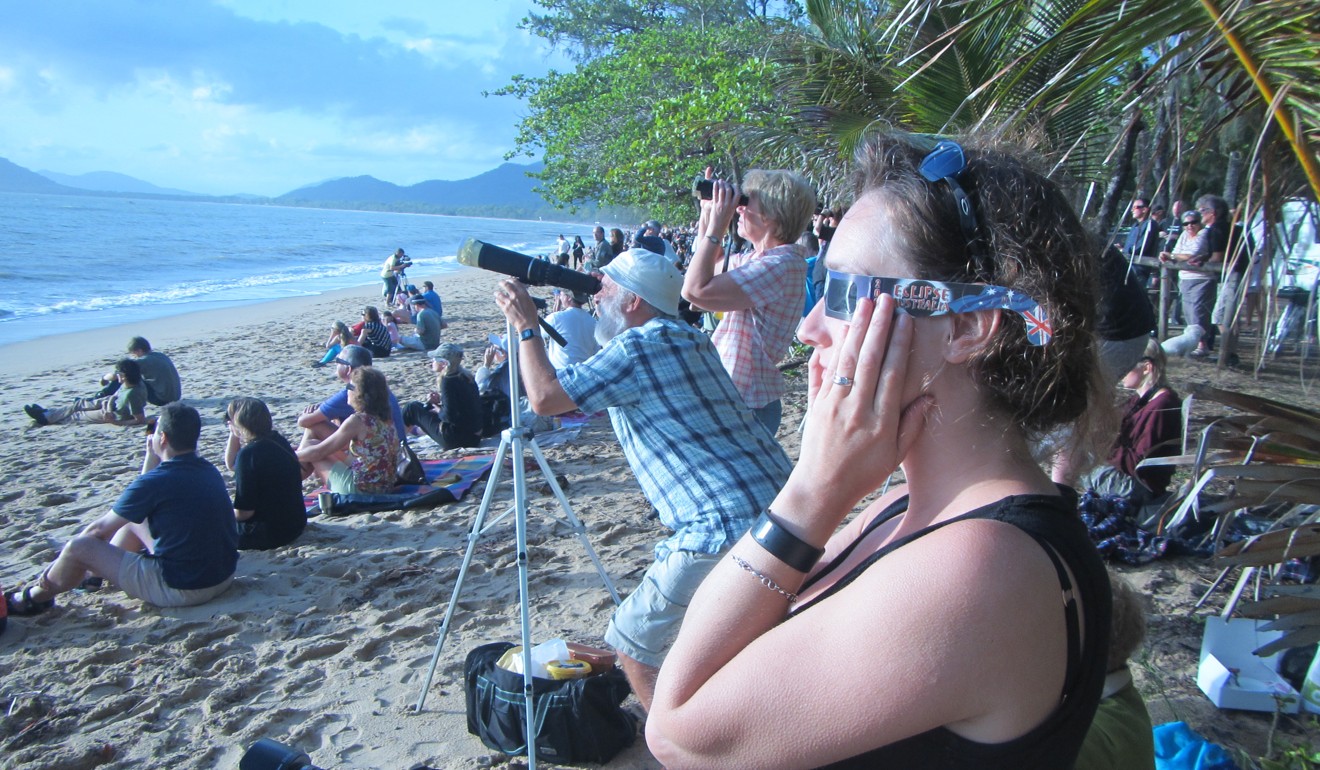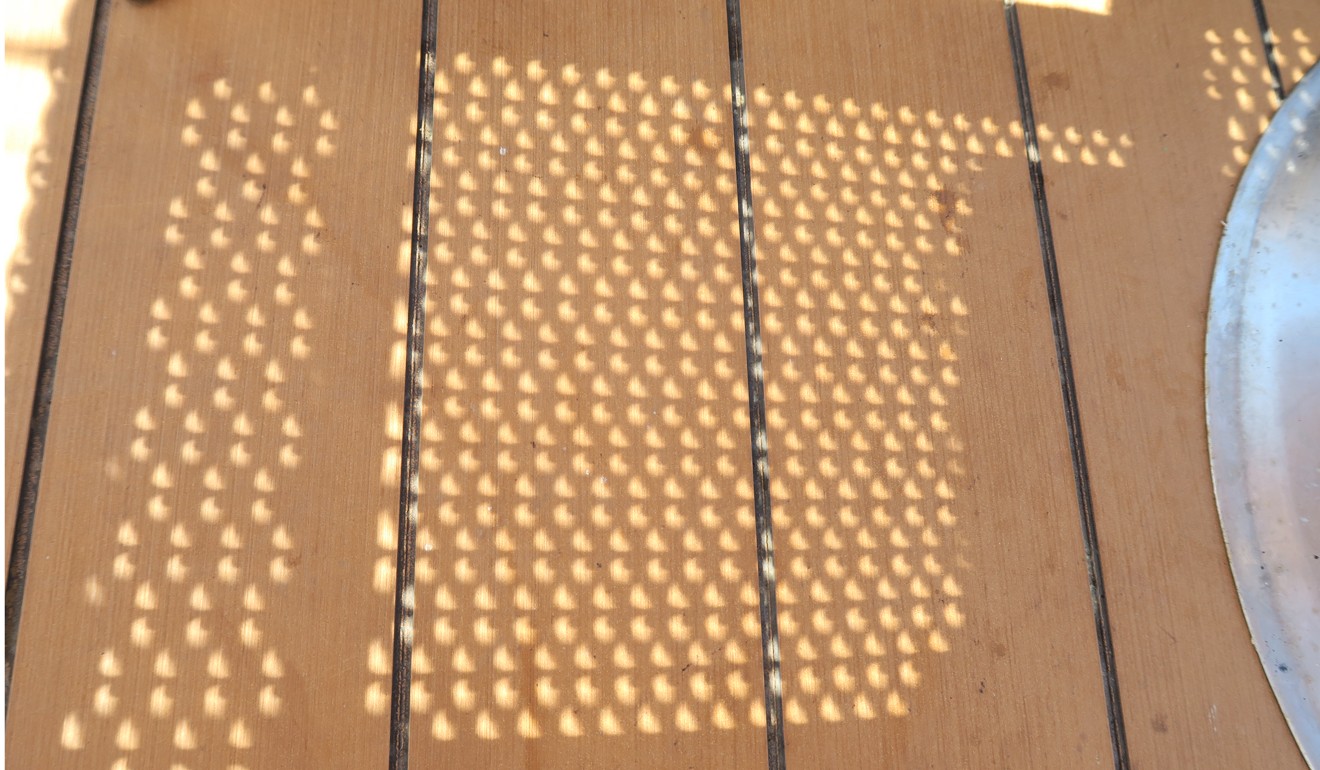
The best places to see August’s Great American Eclipse and why people travel the world to witness ‘totality’
Hongkongers will be among millions travelling to the US next month to witness its first coast-to-coast total solar eclipse for 99 years. We find out what draws them to this cosmic phenomenon and why west should beat east in the viewing stakes
Have you ever seen a total solar eclipse? It is one of the most spectacular things anyone could ever hope to see – but there’s much, much more to one than a brief period of darkness when the moon blocks out the sun.
Most people who think they’ve seen an eclipse have, in fact, only seen a partial eclipse, or perhaps a lunar eclipse, neither of which are nearly as impressive.
The US is currently going crazy about its first coast-to-coast total solar eclipse for 99 years, which happens on 21 August this year.
“The view and the feeling of watching a total solar eclipse is such an out-of-this-world experience that one will not forget it, and want to go to see it again if possible,” says Tommy Tat-fung Tse, a jeweller from Hong Kong who has seen eight total solar eclipses. “My wife and I will always chase the shadow of the moon and go where it takes us around the globe.”

The main draw for eclipse-chasers is the precious few minutes of “totality” when the sun is 100 per cent blocked by the moon. For many, seeing the halo of light created around the edges of the moon is a near-spiritual experience.
“It’s hard to explain in a sound bite,” says Dr Kate Russo, whose new book Being In The Shadow tries to convey the magic of totality through the words of first-time eclipse-chasers. “It’s common for people to describe totality as a ‘hole in the sky’ or as an eye looking down, but someone recently described it to me as a moving oil painting, and another as something out of a Japanese horror film.
“But my favourite was someone who said that a total solar eclipse was exactly how you would dress the set for a movie about the end of the world.”
A total solar eclipse is both as dramatic and as silent as nature gets. It all starts with a partial eclipse that slowly deepens, but the real action begins just before the sun is completely covered, when the moon’s shadow causes the temperature to drop a few degrees. The light dramatically fades to silver, shadows sharpen and everything – and everyone – is drained of colour in a way that’s quite disturbing.

Observers might see the last beads of sunlight peeking through the moon’s valleys, creating an arresting “diamond ring” effect. Then, it’s totality; since sunlight ceases, observers can take off their safety glasses and stare at the sun’s outer atmosphere: the solar corona, or crown. Eclipse-chasers are among few who know that the sun is not yellow, but ice white; during these few minutes of totality, the corona can be seen to be pulsing, radiating its enormous energy into space. Some compare it to a white flower in space, others to watching white ribbons billowing in a breeze.
For people sleep-walking through their lives, seeing an eclipse can be a wake-up call
This is nature at its most powerful, and it usually elicits awed silence from onlookers. After about two minutes, totality is over, and the whole thing goes into reverse; the moon continues on its orbit of Earth, sunlight returns, safety glasses go back on. All observers have left is a receding partial eclipse before normality resumes. The whole event either side of totality takes just under three hours, but the effect of seeing something on such grand a scale leaves its mark on eclipse-chasers forever.
In pictures: Hong Kong photographers show how to shoot night skies over city
David Makepeace, a filmmaker from Canada who has experienced 22 total solar eclipses and runs the Eclipse Guy website, describes them as metaphysical experiences. “I’ve never looked up at the sky during an eclipse and seen science,” he says. “For me it’s the realisation that it’s the universe that creates an eclipse, and it’s the universe that’s looking back at it as well – I don’t separate myself from the experience of seeing an eclipse.
“When you watch a total solar eclipse, you’re just another part of the phenomenon, and when you start partnering with the cosmos you start to get a sense that you’re working with this huge system.”
Makepeace has just released a short film called Still Hooked that is essential viewing for anyone wondering what all the fuss is about. “Seeing an eclipse helped me realise that there is no dress rehearsal,” he says. “For people sleep-walking through their lives, seeing an eclipse can be a wake-up call.”

However powerful the experience, seeing a total solar eclipse does take practical preparation. The spectre of totality is only available for travellers that can get themselves to near the centreline of a 70-mile wide “Path of Totality”. On August 21, this path will begin on the coast of Oregon, crossing through Idaho, Wyoming, Nebraska, Kansas, Missouri, Illinois, Kentucky, Tennessee, Georgia, North Carolina and South Carolina before heading back out to sea. Anyone on the centreline should be able to experience between two minutes and two minutes 41 seconds of totality.
Western USA has a much higher chance of clear skies, which is why most eclipse-chasers are heading to parts of Oregon, Idaho, Wyoming and Nebraska.

Timmy Wong, a photographer from Hong Kong, says he will be watching the eclipse from the east side of Idaho, before heading to the Yellowstone and Grand Tetons national parks afterwards. “The chance of it being overcast in eastern Idaho is relatively low as the sky tends to be drier than the west part of Idaho,” he says. Wong has never seen a total solar eclipse before, but thinks that the accessibility and attractiveness of the US make this one unique.
Tse will be in broadly the same area. He plans to visit Riverton in Wyoming, which he’s chosen for similar reasons.
Eclipses take you to places that you would never normally go
A favourite place to head is the Jackson Hole valley in the Grand Tetons National Park. According to cartographer Michael Zeiler, it is the most scenic spot along the entire eclipse path. “[It is] a truly fabulous place to visit,” he says, “but it will be extremely crowded, and possibly cloudy.”
On his Great American Eclipse website, Zeiler has created “drive-shed” maps which predict the flow of vehicular traffic along the eclipse path as observers travel to their destinations. Having studied the expected traffic congestion and the weather, Zeiler in fact recommends going to the Snake River Valley in eastern Idaho; Riverton and Casper in Wyoming; and anywhere in Nebraska. Though hotels are largely sold out, there are hundreds of campsites in the area.
“Eclipses take you to places that you would never normally go,” says Zeiler, who has seen eight total solar eclipses.
There’s always one question that arises immediately after an eclipse: when is the next one? A total solar eclipse is the best excuse to travel, so for anyone who loves studying maps, planning trips and visiting remote areas of the planet, why not get cracking – starting this August.

